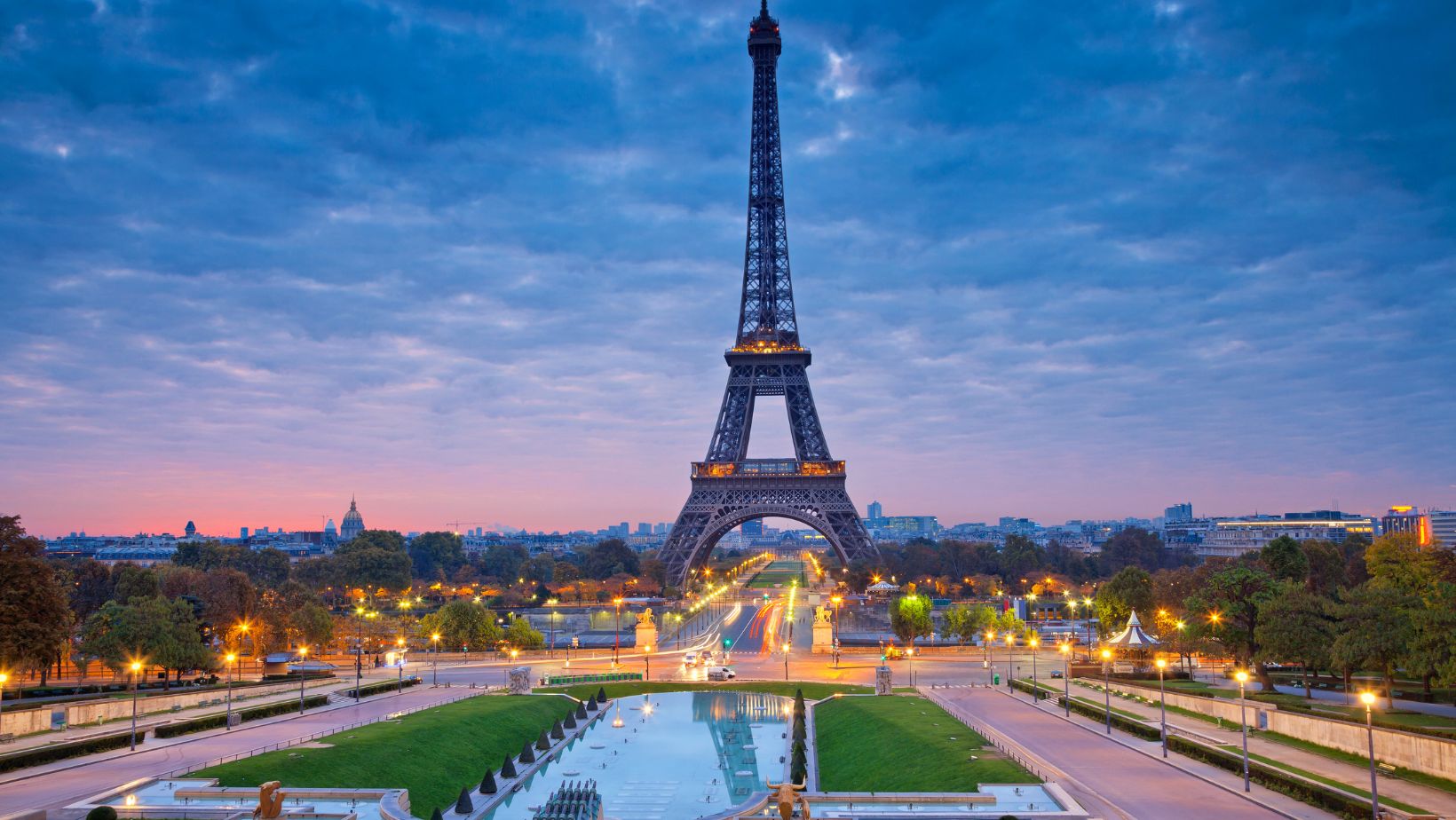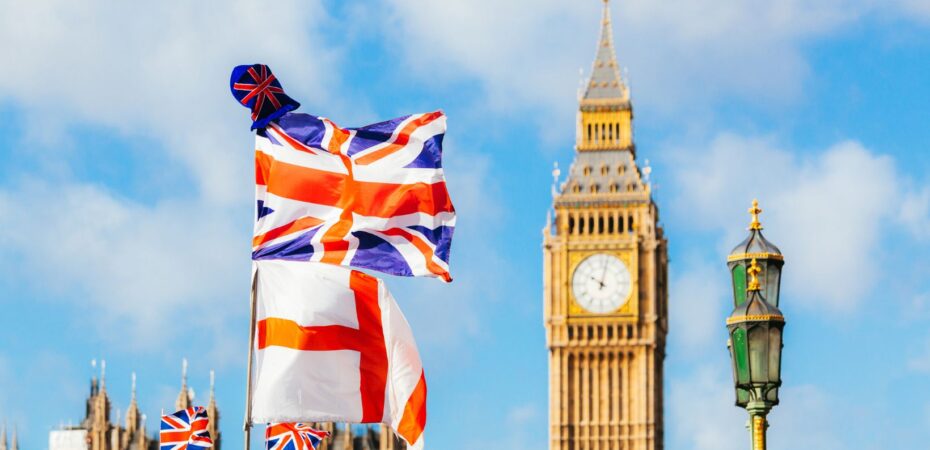When it comes to the distance between England and France, there’s no denying that these two neighboring countries are separated by a relatively short stretch of water known as the English Channel. The distance between the two points can vary depending on the specific locations being compared. On average, however, the shortest distance between England and France is approximately 33.8 kilometers (21 miles), which is equivalent to about 18 nautical miles.
The English Channel has served as a significant natural barrier throughout history, shaping the relationship between England and France in various ways. Despite its relatively narrow width, crossing this body of water has long posed challenges for travelers and merchants alike. Over time, numerous transportation options have emerged to bridge this gap, including ferry services, trains through the Eurotunnel, and even flights.
Whether you’re interested in exploring historical connections or planning a visit to both countries, understanding the distance between England and France provides valuable context. It highlights the geographical proximity that has influenced cultural exchanges, economic ties, and diplomatic relations over centuries. So whether you choose to embark on a scenic ferry ride or opt for a speedy Eurostar train journey beneath the Channel seabed, traversing this short but meaningful distance can offer an unforgettable experience of connecting two vibrant nations.

Distance Between England And France
Calculating The Distance
When it comes to exploring the geographical distance between England and France, there are a few factors to consider. One of the primary methods used for calculating this distance is measuring it in terms of nautical miles or kilometers. The straight-line distance between popular points in both countries provides a general estimate of the overall distance.
To give you an idea, the shortest distance between Dover, England, and Calais, France is approximately 33.8 kilometers (21 miles). This route is often taken by ferries that transport people and vehicles across the English Channel. However, it’s important to note that this represents just one point along their coastlines.
Factors Affecting The Distance
The geographical distance between England and France can be influenced by several factors:
- Direct Routes: The most straightforward way to measure the distance is by drawing a straight line connecting two specific points on a map. However, when it comes to real-world travel routes, direct paths might not always be feasible due to practical considerations such as avoiding obstacles or taking advantage of navigational aids.
- Transportation Options: The availability of different transportation modes affects how people travel between these two countries. Ferries operating across the English Channel provide a convenient means of transportation for individuals looking for direct access without having to fly or drive long distances around through other countries.
- Location Variations: As mentioned earlier, considering multiple locations along their respective coastlines instead of just two fixed points gives us a more accurate representation of how far apart England and France are. Taking into account various entry points, such as ports or major cities, can result in different distances depending on the chosen route.
- Geographical Features: The presence of geographical features like headlands, bays, or peninsulas can impact the distance between England and France. These natural formations might require slight detours or longer travel routes to reach specific destinations.
Transportation Options For Traveling
When it comes to traveling between England and France, there are several transportation options available. Let’s explore the different modes of transportation that can get you across the distance between England and France efficiently.
1. Air Travel: Air travel is one of the most popular choices for travelers looking to reach France from England quickly. With numerous flights operating daily, you can easily book a flight from major airports in England such as London Heathrow, Gatwick, or Manchester, to various cities in France like Paris, Marseille, or Lyon. The flight duration typically ranges from 1-2 hours depending on your departure and arrival locations.
2. Ferry Services: If you prefer a more scenic journey with the opportunity to enjoy breathtaking views of the English Channel, ferry services offer a convenient option. Ferries operate from ports including Dover and Folkestone in England to Calais and Dunkirk in France. The crossing time varies but usually takes around 90 minutes to 2 hours. Ferries provide comfortable seating areas, onboard amenities such as restaurants and shops, making it an enjoyable way to travel.
3. Eurostar Train: For those who want a seamless transition between countries without any hassle at airport security checks or long queues at immigration counters, the Eurostar train is an excellent choice. Operating through the Channel Tunnel beneath the English Channel, Eurostar connects London St Pancras International with Paris Gare du Nord in just about 2 hours and 20 minutes. With spacious seats, Wi-Fi connectivity, and onboard dining options available during your journey, taking the Eurostar offers both convenience and comfort.
Bridging the gap between England and France goes beyond mere physical distance; it encompasses historical connections, transportation advancements, economic collaborations, and vibrant cultural exchanges. Despite occasional differences, these neighboring countries continue to build bridges and strengthen their ties, promoting mutual understanding and growth.
So whether you choose to travel through the Channel Tunnel or embark on a ferry adventure, the journey between England and France is not just about reaching a destination but also about embracing the shared history and interconnectedness of these two remarkable nations.


 By
By 




